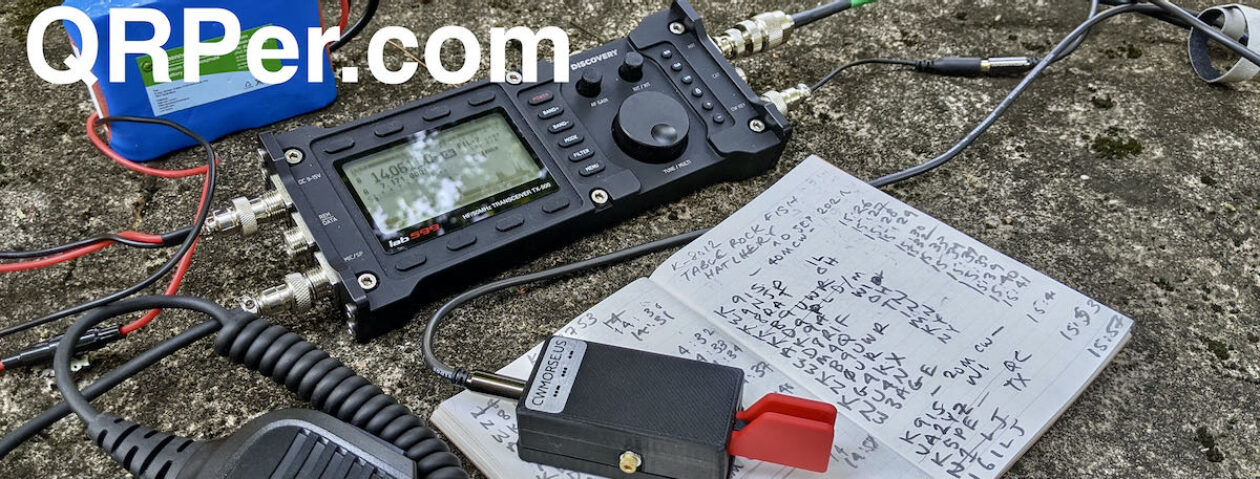Many thanks to Brain (K3ES) who shares the following guest post:

Learning CW: Beyond the Basics
by Brian (K3ES)
I just finished my last class ever for learning Morse Code. It was a lot of work, but it really improved my ability to communicate using the CW operating mode. More importantly, this class taught me how to actually learn CW, by diagnosing the problems and barriers that inhibit improvement. Then it gave me tools I can use to overcome those problems and barriers at any stage of my CW journey. You see, I am not yet where I want to be, but I have made a giant leap forward, and I now know what I have to do to keep improving.
I guess it might help to tell you a bit about myself as a radio amateur, about the start of my CW journey, and about what motivates me to improve.
I got licensed in 2020, when I was working from home, and spending way too much time locked away from the rest of the world. I saw a video about amateur radio, and thought it might provide an opportunity for increased personal contact despite social distancing. I studied during my plentiful spare time, and passed the Technician, General and Amateur Extra license examinations in short order. Once I was licensed, Elmers at Skyview Radio Society near Pittsburgh, PA helped me to learn and explore the hobby, encouraging me to be radio-active.
I found a compelling niche hunting for Parks on the Air (POTA) activators, and I started hearing about all the benefits that CW brought for activating parks: tiny radios, efficient use of power, and automatic spotting via the reverse beacon network. That motivated me to work on learning Morse Code.

I started my CW journey using a variety of apps and online tools. I practiced with club members. Thomas Witherspoon’s YouTube channel became a staple in my CW diet. Every character copied was a victory. All of this helped my ability and confidence.
I completed my first CW-only POTA activation in July of 2021, and have not looked back. But, during one of my early park activations, I had a defining experience. I could copy callsigns and standard exchanges with ease, but something off script would throw me off balance.
When a hunter finished his exchange and sent something followed by a question mark, I was lost. We worked through it, and after several slow repeats, I understood that he had sent “COUNTY?”. He wanted to know what county I was operating from. I easily sent him the name of my county, but the experience left me certain that I needed to improve my copy skills.

That certainty started me on a new phase of the journey, one involving formal training classes. I took a few classes, and each class helped – I could look back and see the progress. But none of them left me ready for CW communication beyond predictable exchanges. I knew there had to be an approach to me get there, and there had to be something more efficient than working endlessly to copy code bulletins or on-air QSOs between other operators.
CW Innovations provided just that method with their Comprehensive Instant Character Recognition (CICR) Course. CICR is not just a class, but a structured process for improvement, which includes self-diagnosis, targeted practice, a supportive learning environment, and partners working together to put new skills into practice on the air.

Instantly recognizing a received character is liberating. Rather than performing mental translation, you learn to recognize each code sound pattern as a letter, number, or punctuation mark; in much the same manner that you immediately recognize the printed symbols making up the text on this page. CICR provides the tools and methods for achieving instant character recognition, but also emphasizes that new weaknesses in character recognition will continue to appear as your copying of code becomes more challenging. When that happens, it is time to circle back and further improve your recognition skills. The same tools continue to work. Continue reading Beyond the Basics with CW Innovations




























































